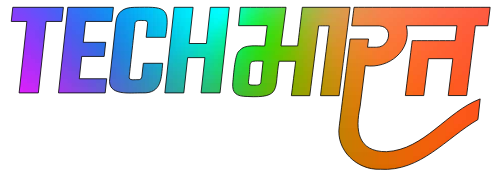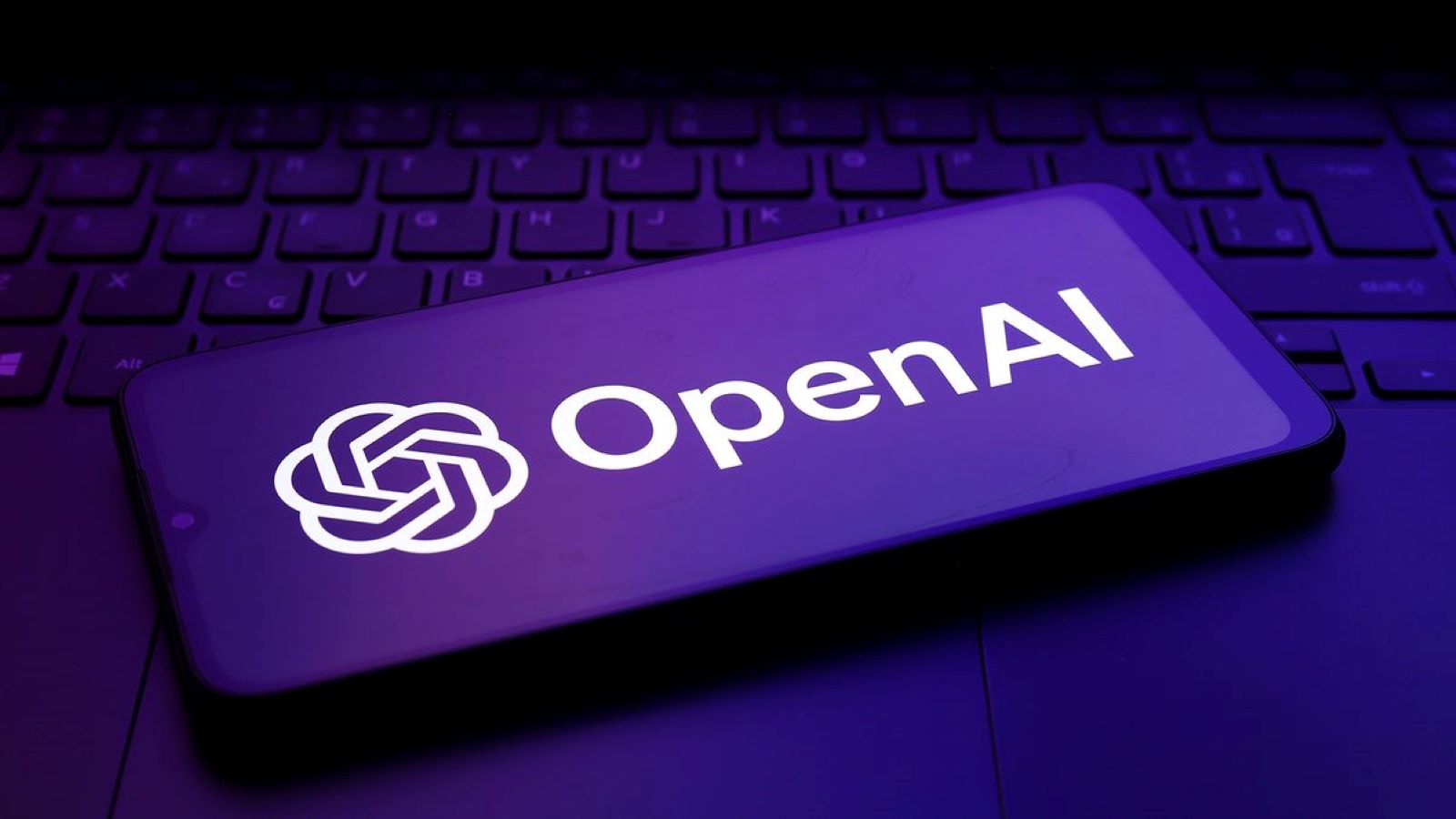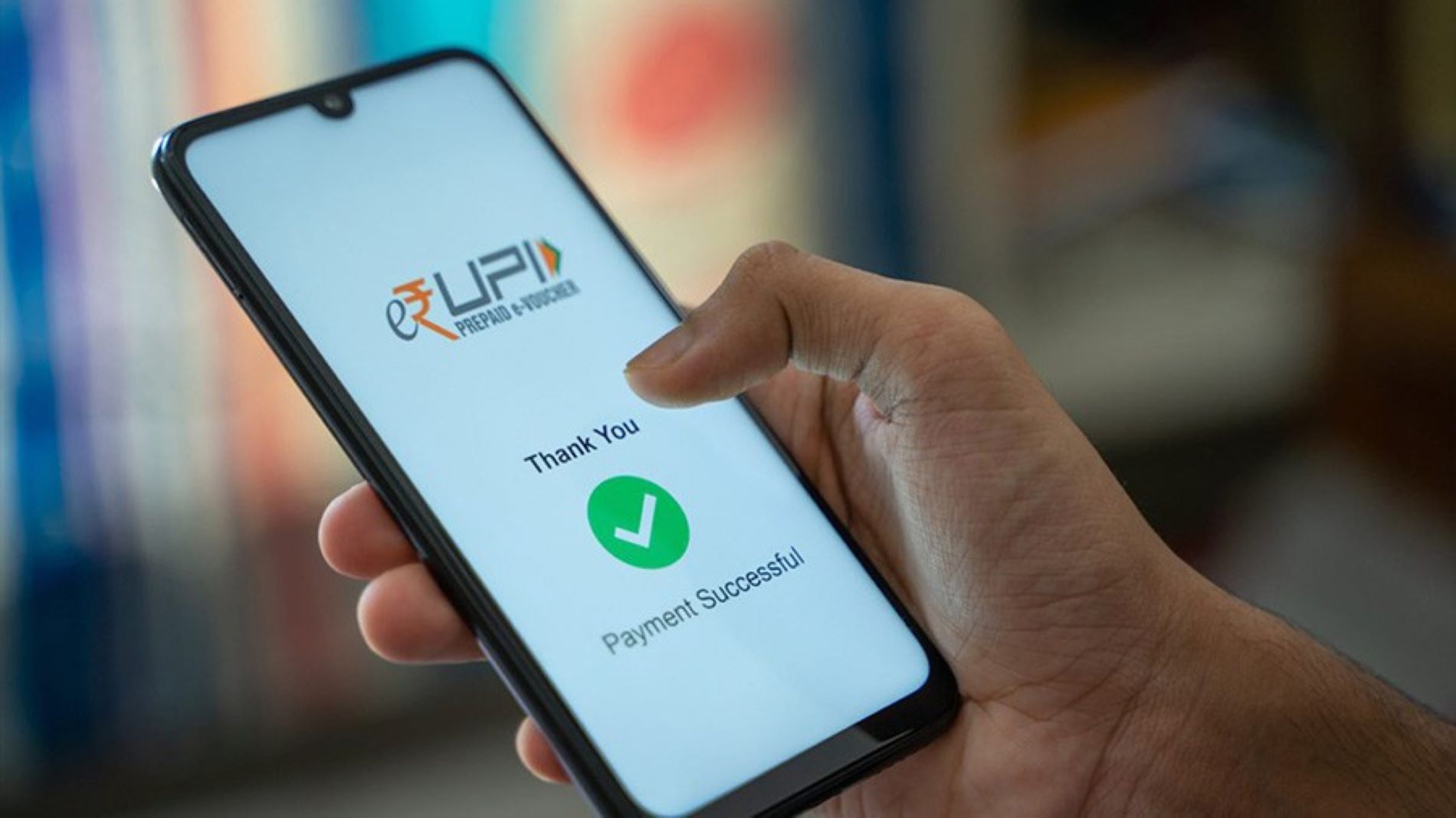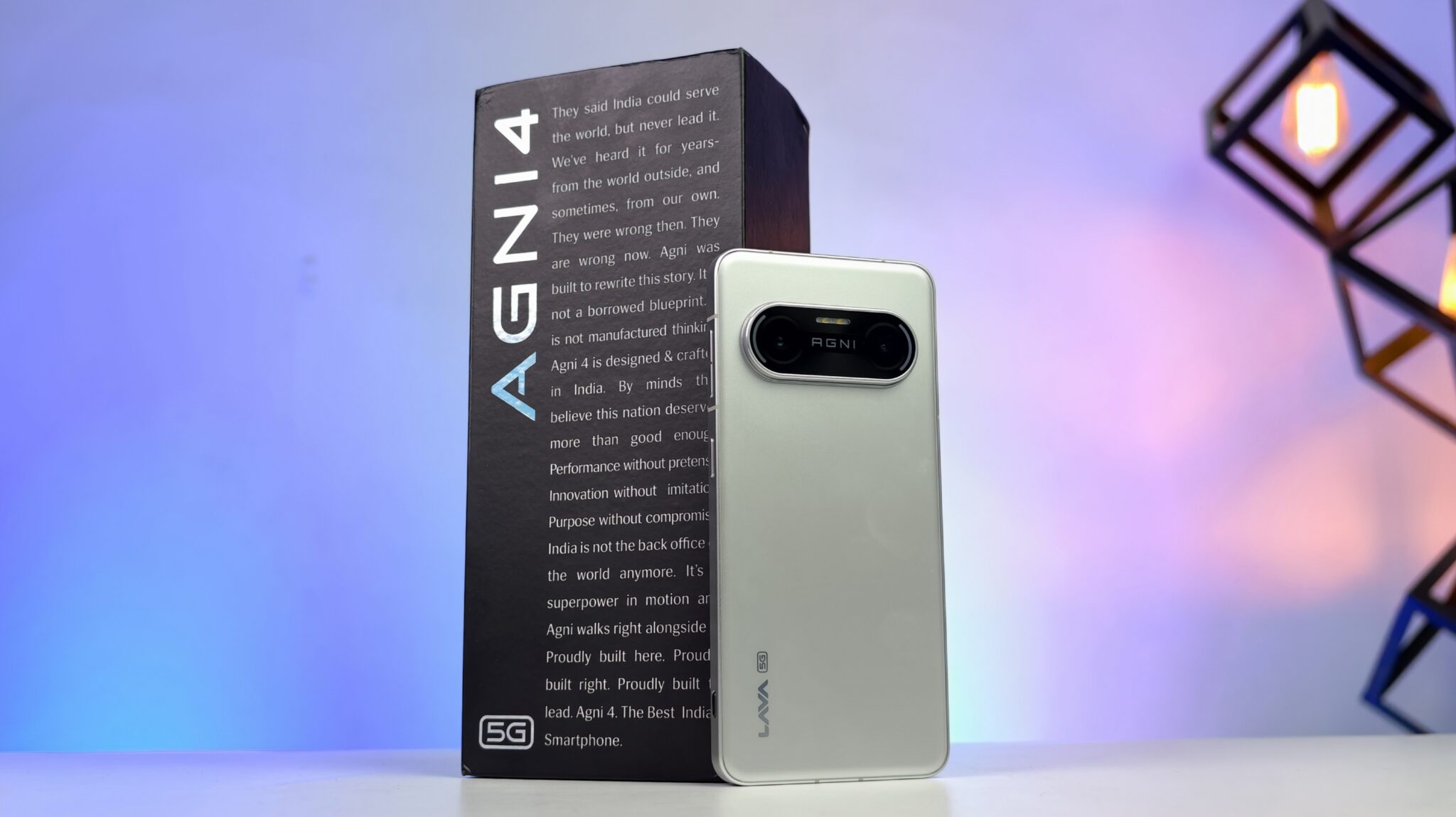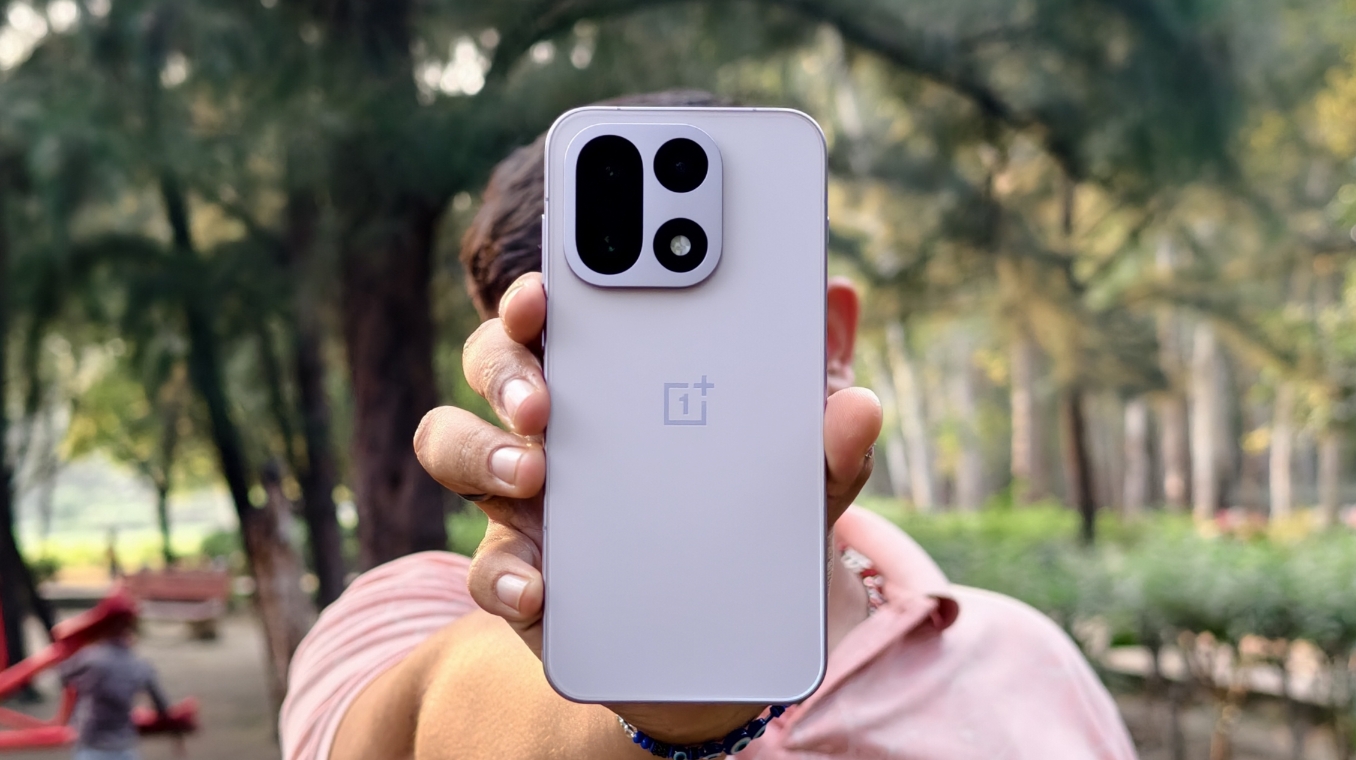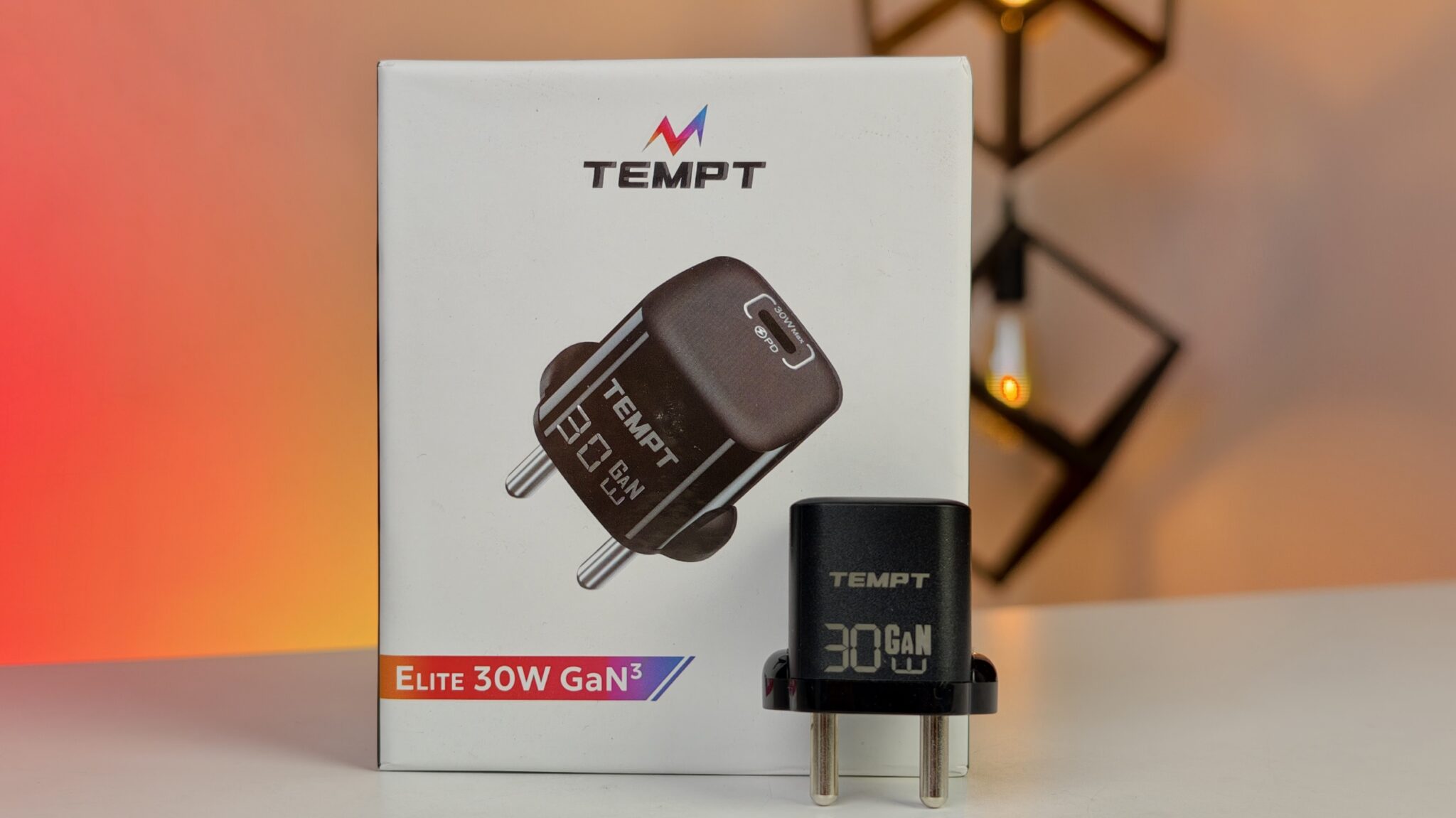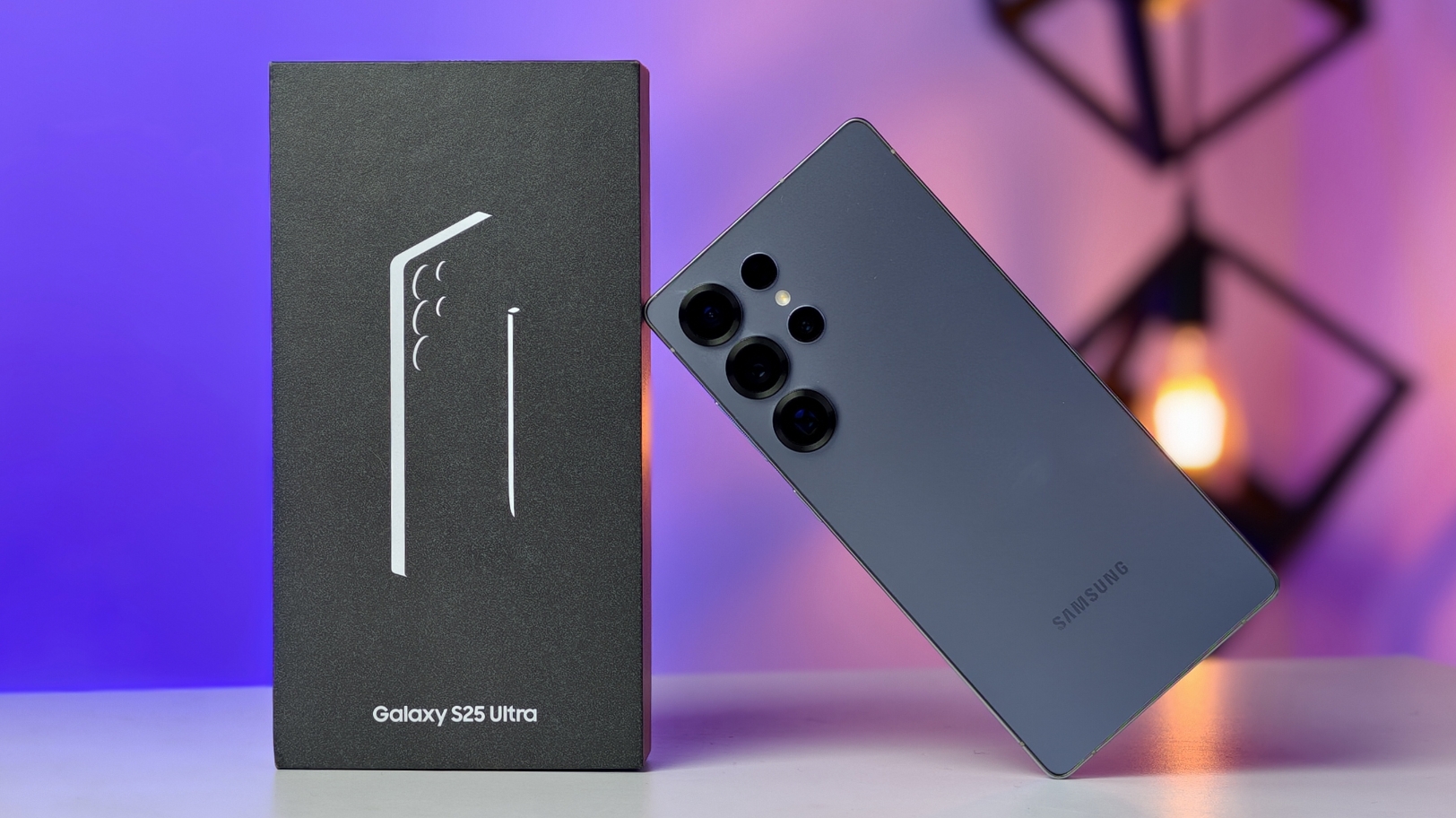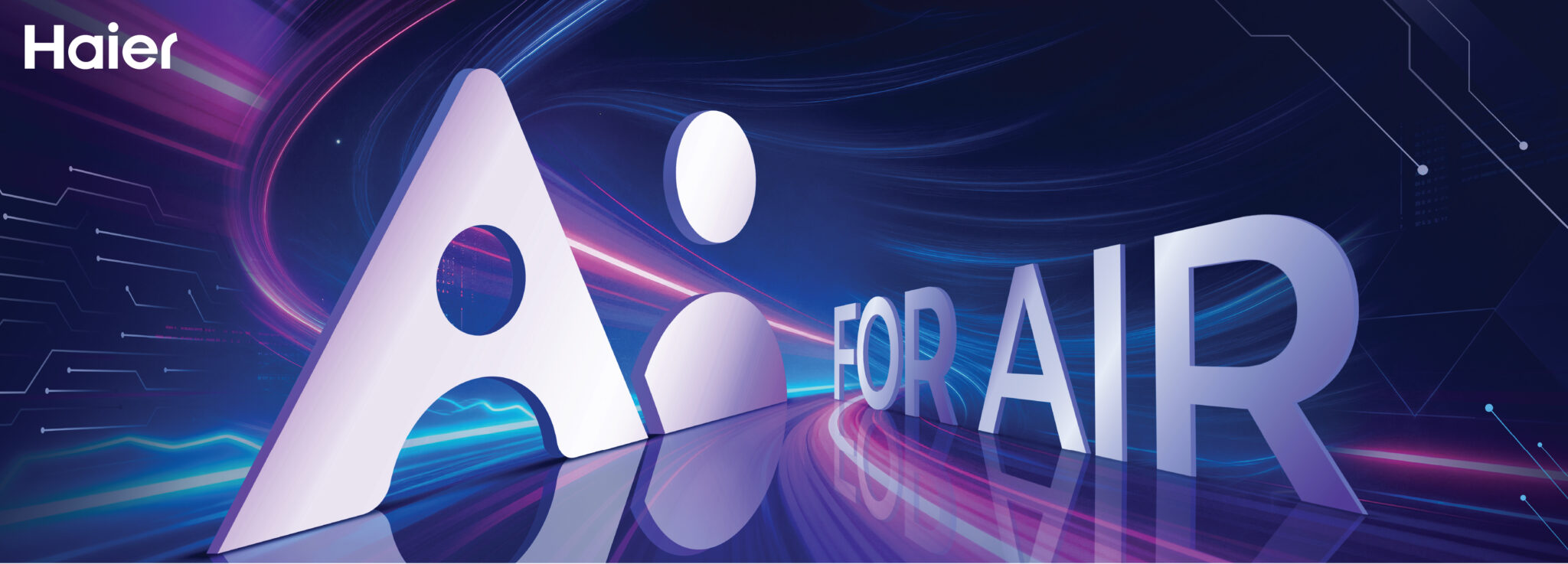OpenAI seems to be lining up two major releases this summer. According to several reports, its long-awaited GPT‑5 model might debut as early as August 2025. But before that happens, a different kind of release may beat it to the punch, an open‑weight, open‑source model that could arrive before the end of July.
Key Takeaways
- OpenAI’s open-weight model, a GPT‑2 successor with reasoning capabilities, may release before July ends.
- After delays, GPT‑5 is now projected for release in early August 2025, possibly in multiple tiers.
- It’s expected to handle text, image, audio, and video inputs, while offering improved reasoning and speed.
- CEO Sam Altman emphasizes that GPT‑5 should not be mistaken for human-level intelligence.
- OpenAI aims to engage both enterprise users and open-source developers by releasing two very different models.
Now, that part might seem like a detour, but it’s intentional. The open model won’t just be a slimmed-down version of GPT‑4. It’s being described instead as a kind of spiritual successor to GPT‑2, offering solid reasoning skills and open access for developers. For researchers, especially those working outside major tech firms, that’s a big deal. It creates a rare opportunity to build with, learn from, and contribute to a large model without hitting a paywall.
And this is happening as competitors like Meta’s Llama 3.1 and Mistral’s newer models continue pushing the open-source ecosystem forward. OpenAI, it seems, doesn’t want to be left out of that conversation.
Then comes GPT‑5.
If all goes according to plan, GPT‑5 will debut in August and bring together a lot of the company’s development threads. It’s expected to offer multiple versions, likely GPT‑5 main, mini, and nano, with the first two feeding directly into ChatGPT and the nano variant staying API-only. The idea is to provide both depth and flexibility, depending on what users or businesses need.
While GPT‑5 is said to be more powerful and versatile, especially in reasoning and multimodal capabilities like processing images, audio, and video alongside text, CEO Sam Altman has been trying to keep the narrative realistic. He’s made it clear in interviews that GPT‑5 will not be AGI, though it should feel smarter and more useful than anything the company has released to date.
There have been delays, particularly with the open model. Altman recently mentioned more safety testing was needed before release, which is understandable but also suggests how seriously OpenAI is taking the broader implications. In some ways, the rollout order, open model first, GPT‑5 second, might not even be fixed. But the roadmap hints at a dual push: engage the developer community with an open model and serve enterprise users with GPT‑5’s full power.
The timing might still shift, this is AI, after all, but OpenAI appears to be walking a line between reach and capability. Whether it sticks the landing will likely shape the next chapter of AI development in 2025.
Frequently Asked Questions (FAQs)
Q: What is GPT-5?
A: GPT-5 is the expected next major version of OpenAI’s Generative Pre-Trained Transformer models. It will be the successor to GPT-4 and is expected to be more powerful, faster, and have more features.
Q: When is GPT-5 expected to be released?
A: While there is no official date, multiple reports suggest a potential launch in the middle of 2024, possibly around August.
Q: What is an open-source language model?
A: An open-source language model is a type of AI whose source code is made public. This allows anyone to see, modify, and distribute the code for their own purposes, which encourages community development and transparency.
Q: How will OpenAI’s new open-source model be different from GPT-5?
A: The open-source model will be available for free, and its code will be public, designed for the developer and research community. GPT-5 will be a proprietary, commercial model, likely accessed through APIs and products like ChatGPT Plus, offering the highest level of performance.
Q: Will GPT-5 be much better than GPT-4?
A: GPT-5 is expected to be a definite improvement over GPT-4, with enhanced reasoning, speed, and multimodal capabilities. However, OpenAI’s CEO has suggested the improvement will be an incremental step forward, not a sudden leap to superintelligence.
